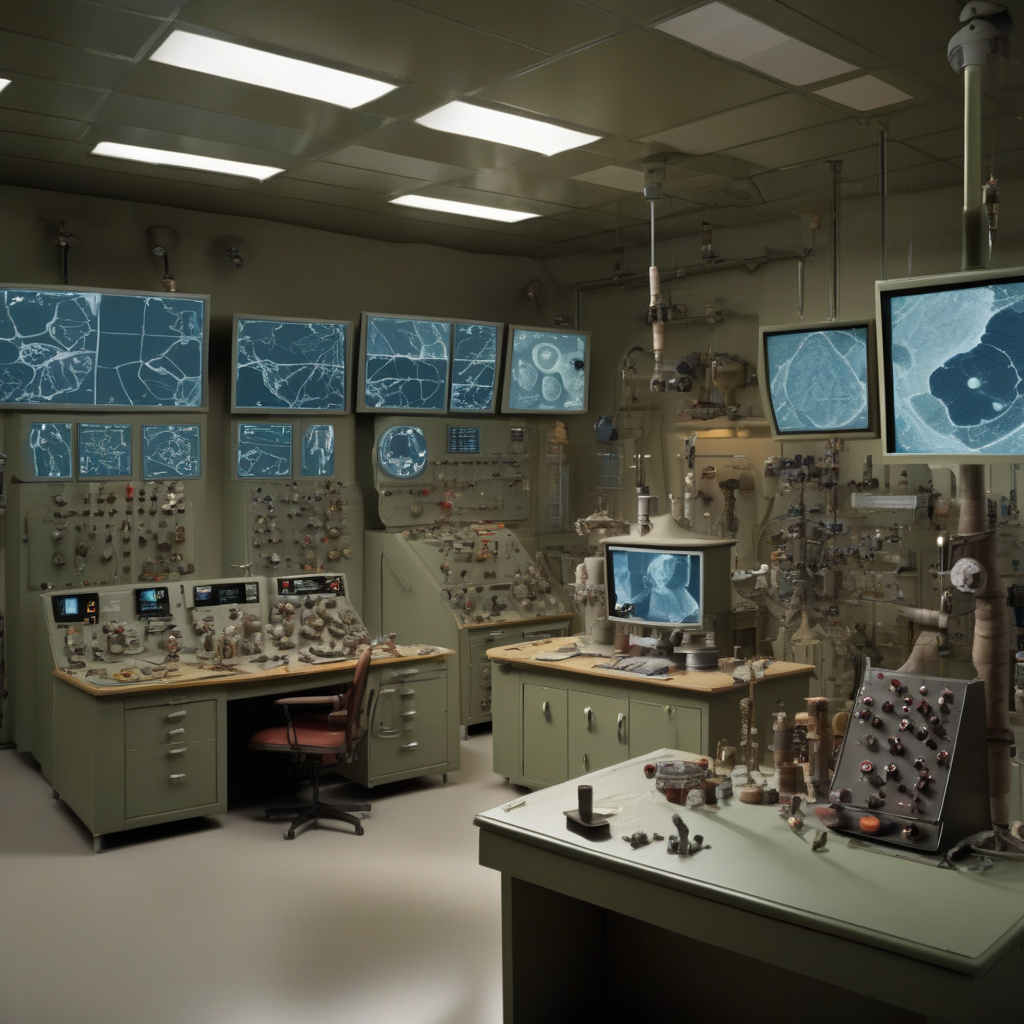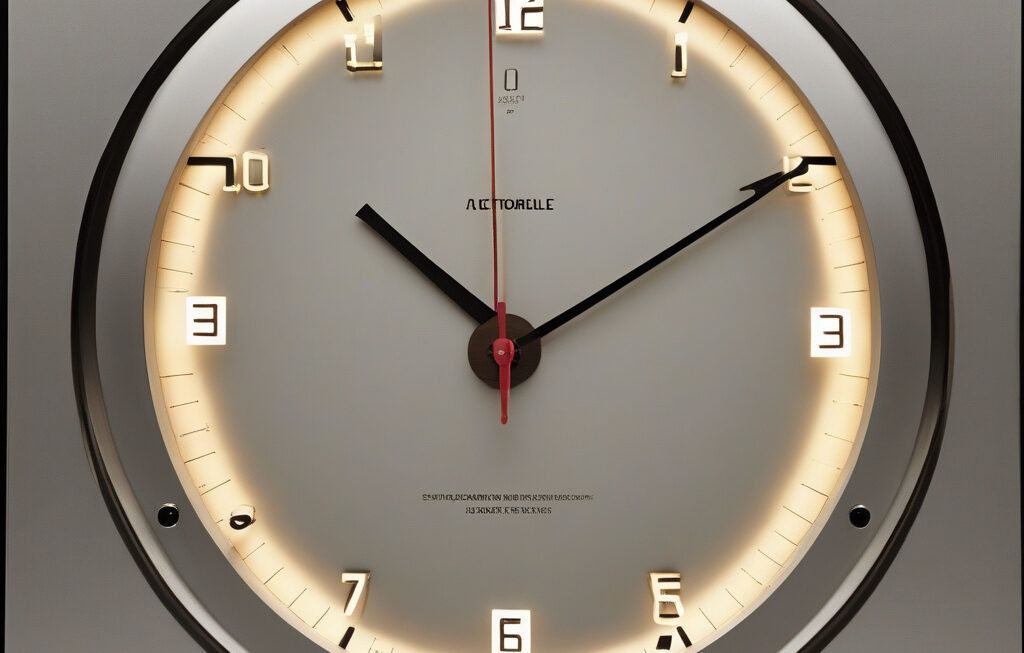German Scientists Utilize 3D Blast Simulations for Safer WWII Bomb Disposal
Hundreds of thousands of unexploded aerial bombs from the Second World War remain buried across Europe, posing a significant threat to public safety and environmental well-being. The challenges associated with the disposal of these bombs have been a long-standing issue, requiring innovative solutions to mitigate risks effectively. Recently, German scientists have made significant strides in enhancing the safety and efficiency of bomb disposal operations through the use of cutting-edge 3D blast simulations.
Traditional methods of bomb disposal involve a high level of risk for disposal experts and surrounding communities. The unpredictability of unexploded ordnance presents a constant danger, with the potential for catastrophic consequences if not handled properly. In response to these challenges, German scientists have turned to advanced technology to revolutionize bomb disposal techniques.
By utilizing 3D blast simulations, researchers can create virtual models of unexploded bombs and their surrounding environments. These simulations allow scientists to analyze various disposal scenarios, predict potential blast radii, and assess the impact of different disposal methods. By simulating controlled explosions in a virtual environment, experts can fine-tune their approach to minimize risks and maximize the efficiency of bomb disposal operations.
One of the key advantages of 3D blast simulations is the ability to test multiple scenarios without the need for physical experimentation. By running simulations based on different variables such as bomb size, composition, and burial depth, scientists can determine the most effective disposal strategies for each unique case. This level of precision and customization ensures that disposal experts are well-prepared to handle any situation they may encounter in the field.
Furthermore, 3D blast simulations provide invaluable insights into the behavior of explosives during disposal operations. By studying blast propagation patterns and shockwave effects in a virtual environment, scientists can optimize safety procedures and establish clear evacuation zones for surrounding areas. This proactive approach minimizes the risk of accidents and ensures that bomb disposal operations are conducted with the highest level of precision and care.
The integration of 3D blast simulations into bomb disposal practices represents a significant advancement in the field of explosive ordnance disposal. Not only does this technology enhance the safety of disposal experts and local communities, but it also streamlines the overall disposal process, allowing for quicker and more efficient operations. As the threat of unexploded bombs continues to impact regions across Europe, the innovative use of 3D simulations offers a promising solution for ensuring safe and effective bomb disposal efforts.
In conclusion, the utilization of 3D blast simulations by German scientists marks a crucial turning point in the realm of WWII bomb disposal. By harnessing the power of advanced technology, experts can now approach bomb disposal operations with unprecedented levels of precision and safety. As these simulations continue to evolve and improve, the future of bomb disposal looks brighter and more secure than ever before.
WWII, BombDisposal, 3DSimulations, SafetyFirst, InnovationInProgress












